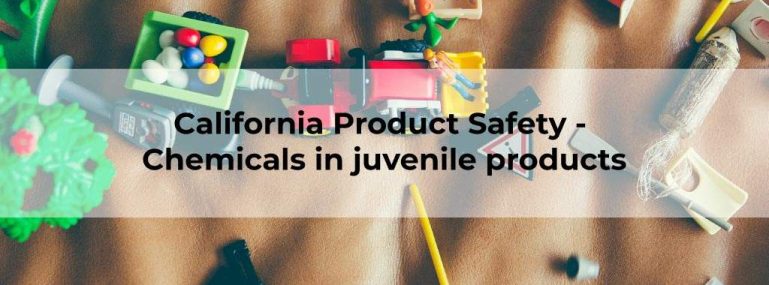On October 5, 2021 Governor Gavin Newsom signed 9 laws to reduce plastic waste and the use of PFAS, or perfluoroalkyl and polyfluoroalkyl substances, in certain consumer products. PFAS are prohibited from being used in products intended for infants and children, such as cribs and playpens, beginning July 1, 2023.
Toys or childcare articles containing di- (2-ethylhexyl) phthalate, dibutyl phthalate, or benzyl butyl phthalate, in concentrations exceeding 0.1% are prohibited under the existing law. After the passage of this bill, no one, including a manufacturer, will be allowed to sell or distribute any juvenile product in this state that contains regulated perfluoroalkyls and polyfluoroalkyls substances (PFAS), defined by the bill. If a manufacturer replaces PFAS chemicals in a juvenile product, the bill requires them to use the least toxic alternative.
The term “regulated perfluoroalkyl and polyfluoroalkyl substances” is used to describe either of the following:
- The PFASs that a manufacturer has intentionally added to a product and which have a functional or technical effect on the product, including, but not limited to, PFASs that are intentionally broken down by an added chemical that have similar functional effects.
- In a product component or product, the amount of PFAS is greater than or equal to 100 parts per million in total organic fluorine.
The term “juvenile products” encompass all products designed for infants and children younger than 12 years of age, including but not limited to crib mattresses for infants, bedside sleepers for adults, chair pads for highchairs, or infant bouncers.
Juvenile products do not include the following:
- Computer, audio, and video equipment for children, calculators, wireless phones, game consoles, handheld devices that have a video screen, or any associated peripheral, such as a mouse, keyboard, power supply unit, or power cord.
- Any medical device.
- Any internal component that would not come into direct contact with a child’s skin or mouth during usage.
- A mattress for adults.





